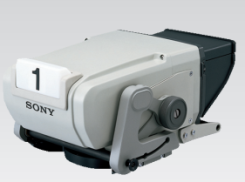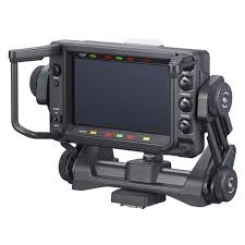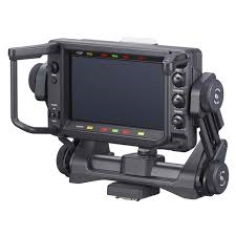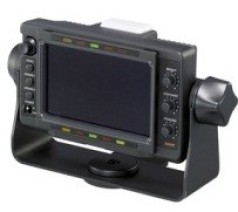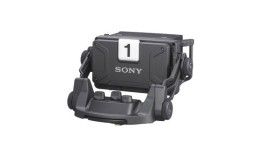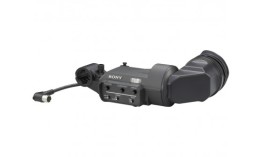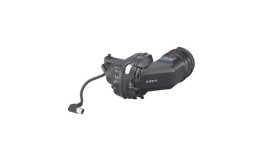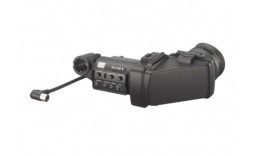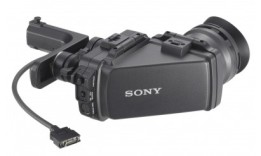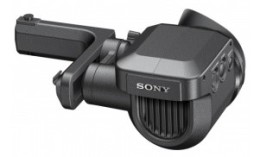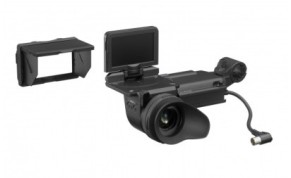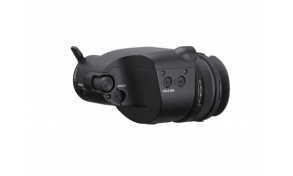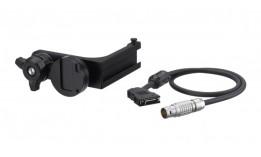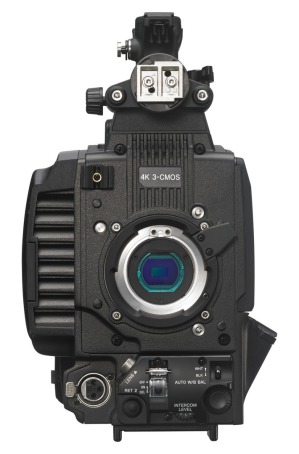
HDC-4300.....4K with a B4 lens mount.
Remember the 2014 World Cup in Brazil?
Well even if you don’t, it was covered in 4K (UHD to be precise) with the support of Sony.
PMW-F55 cameras were used with fibre adapters, sending RAW data back to processing units in OB trucks.
It was a struggle. Fabulous pictures, but providing the long lenses needed for sport on a large format camera like the F55 was a little tricky. And expensive.
The obvious solution is a 2/3” format camera like the HDC-1500 or HDC-2500. It took a little while to make one, but the HDC-4300 was shown at NAB 15. Due for delivery later this year, it’s a straightforward solution....just swop the sensors in the HDC-2500 for new ones, same size, but more pixels. Same lens mount as we’re used to in OBs and studios, but 4K resolution. No problem.
Of course it’s a little more complicated than that.
If you squeeze more pixels in to the same area, obviously the pixels need to be smaller. Cameras such as the Arri Alexa and the Sony A7S have clearly demonstrated that rather than chasing the megapixel, if you have fewer, bigger pixels you can get better dynamic range or sensitivity.
If you compare the HDC-4300 sensitivity in 4K mode (F8@2000 lux) to that of the HDC-2500 (F10@2000 Lux) you can see we’ve taken a step backwards. A small step backwards in sensitivity, but several steps forward in resolution. Don’t forget you’ve now got three 4K sensors on this camera, so no single chip Bayer pattern encoding, this is proper 4K RGB resolution.
You’re still splitting the light via a prism block and dichroic filters of course, just like any 3 chip camera; except for one thing. You need to be quite careful (understatement) when fixing the sensors to the block. If your pixels are half the width and height of those on an HD camera getting the registration and pixel offset correct becomes more difficult, and it wasn’t too easy in the first place.
There are more challenges getting pictures back to the truck. Just like with the F55, what you actually send down the (standard SMPTE fibre) cable is RAW data. This is actually a more efficient way of using the bandwidth than processing the images at the camera head. You might need a 12G connection if you were to do this for 4K at 50fps, whereas your RAW data rate will be significantly less.
The good news is, you can use the same BPU processing unit and HDCU at the truck end as is used with the F55 based system. The BPU processes the RAW data and breaks it out to various output formats, and the HDCU provides power, comms, tally and all the other interfaces you’d expect on this type of camera.
Be aware, the 4K output needs an additional licence key. I think the general idea is that you can buy it as an HD camera, and pay for the 4K when you need it.
Another thing to look out for if you're using it in HD to start with...you'll still need the BPU processor as well as a 'traditional' CCU. There may be a 'combined' RAW processor and CCU in the pipeline somewhere, but for now you'll need both.
There’s another big difference between the HDC-4300 and its predecessors. It uses CMOS imaging technology rather than CCD. CMOS is everywhere in the large format, film style world, but studios and OBs have been a last stronghold of CCD. It’s kind of sad to see this change. The sensors used in the HDC-2500 make superb sharp low noise accurate pictures, but if you want the high pixel density of 4K, and more importantly, the ability to read the sensor at high frame rates, then it’s time to go to CMOS.
And everybody wants high frame rate of course. I believe it’s now a legal requirement that 95% of broadcast TV has to be slo-mo now.
Free supermotion...!
As you've got the infrastructure for handling lots of 4K bandwidth, and a CMOS sensor that can be read at high speed, then it's a short step to be able to run the camera at high frame rates. Only in HD though...4K at high frame rates would be a bit much to ask. Out of the box the 4300 will deliver 150fps (interlaced or progressive) which is the same temporal resolution as existing Supermotion cameras.
If you'd like to go faster, you could try screaming, but it's easier to buy a licence (available weekly, monthly or permanently) that will allow you to output up to 400fps. The only option for recording 400fps is the Sony PWS-4400, but other manufacturers recorders will handle up to 300fps (6x)
There are various other ‘punch in’ / ‘cut out’ features available from the BPU, which enable you to pan and scan an HD output within a 4k frame.
Other than that, it’s all perfectly straightforward, same RCPs and control surfaces as before, same viewfinders but with some new tricks to help with focus....and you will need help with focus.
What could possibly go wrong?
